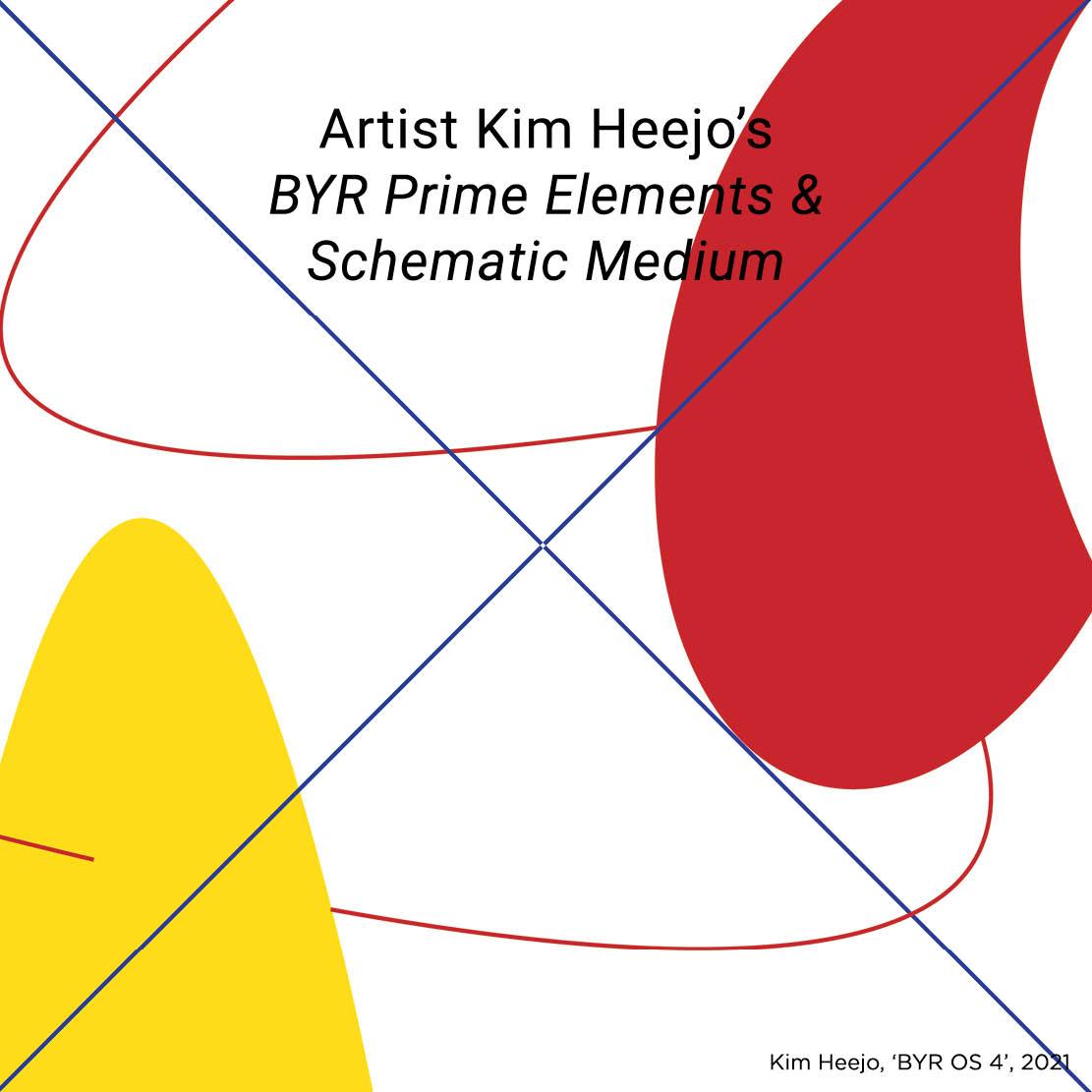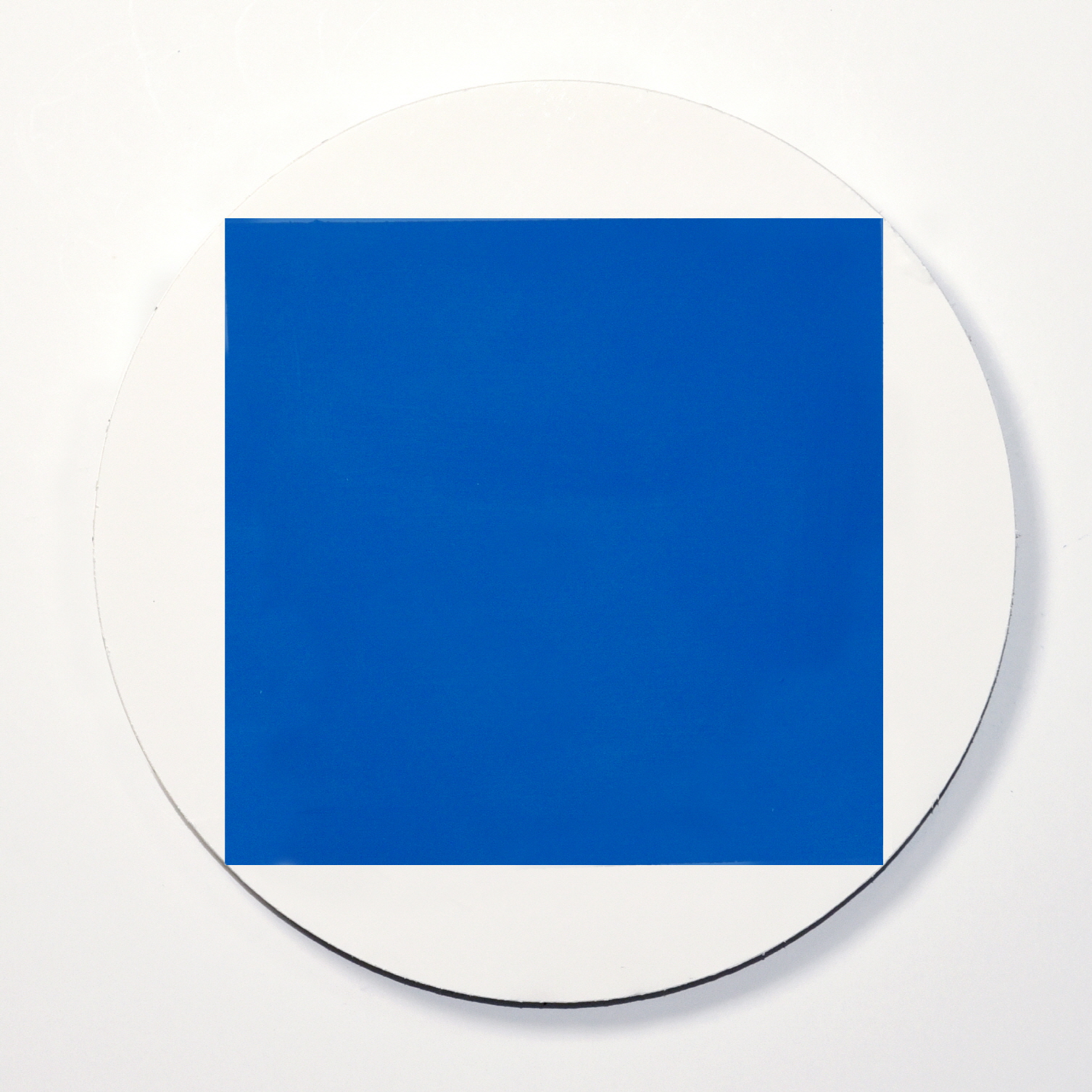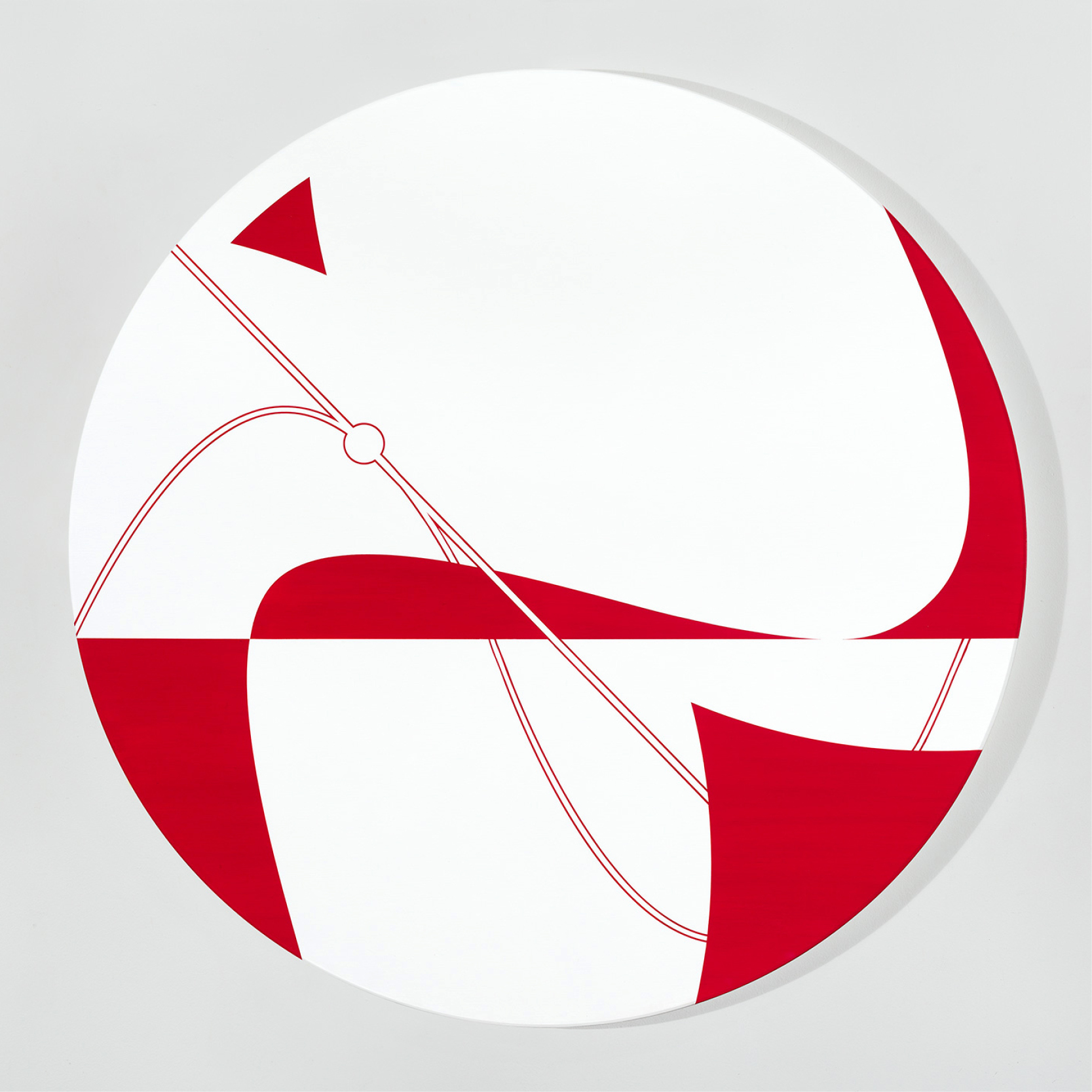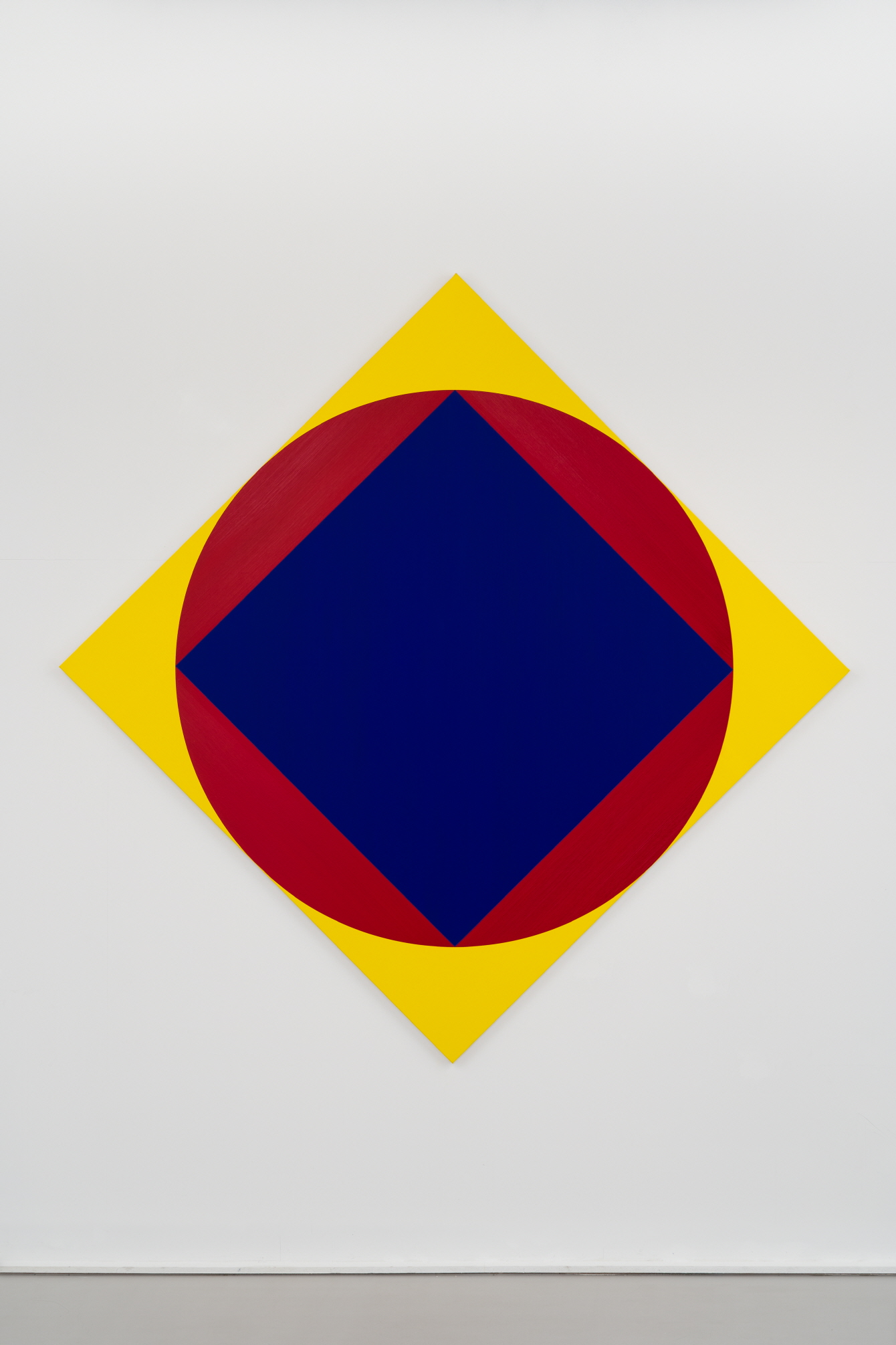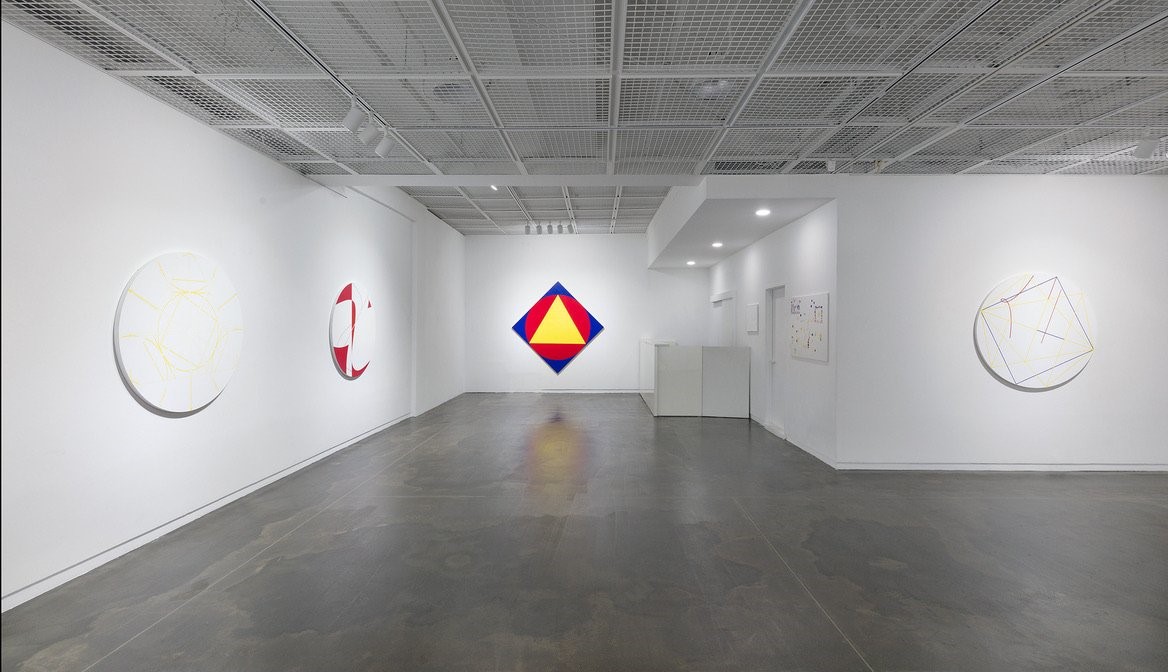Theory of the 'Schematic Medium'
The term 'Schematic Medium' refers to all the works of
artist Kim Hee-jo, which are based on a principle and develop across various
series or are created within an organic interrelationship.
'Schematic' as an adjective derived from 'Schema' means
'diagram' or 'schematic', but in cognitive psychology, it refers to the
'cognitive framework' or 'structure of thought' used to interact with and
understand the world.
'Medium' generally means 'means', 'tool', or 'material',
but in contemporary art, it is used to denote the entire range of artistic
expression, including painting, sculpture, and objects.
Thus, Kim Hee-jo's 'Schematic Medium' is a unique strategy
and methodology of the artist, where works such as paintings, drawings,
sculptures, objects, and installations are not produced independently or
fragmentarily but are created in a series or systematic system maintaining
organic relationships.
Operating Principle of the 'Schematic Medium'
The 'Schematic Medium' operates through the structuring of
concepts, unified form and technique, and through repetition and variation.
Structuring of Concepts
When the theme of the artwork is clear, the artist
comprehends and consistently expresses it in a holistic and structured manner,
allowing the message of the artwork to be conveyed without fragmentary or
partial distortion.
Unified Form and Technique
Creating artworks with a unified form and technique
maintains a consistent theme and style, making it easier for viewers to
understand and empathize with the artwork’s message. It also establishes the
artist’s unique style, enhances identity, increases work efficiency, and
improves the overall aesthetic completeness.
For example, Piet Mondrian used horizontal and vertical
lines and primary colors to represent his neo-plasticist belief that all
objects could be reduced to verticals and horizontals, thus visually expressing
his philosophical ideas effectively. Similarly, Sol LeWitt applied mathematical
rules and schematic concepts to points, lines, planes, and shapes to produce
works in an organic and unified form, demonstrating the artist's principles and
methodologies well.
Repetition and Variation
Human thought is multifaceted and complex, and thus cannot
be fully expressed with a single form. Through repetition and variation, the
form is expanded to more effectively reveal the content and intent of the work.
Moreover, viewers can properly see the beginning, process, and flow of the
artwork.
Classification of the Schematic Medium
Schematic Painting
The 〈One Hour〉 Series and Series are works created
by applying the concept of Schema to painting.
The 〈One Hour〉 Series represents features of influential figures captured within
one hour using quick brush strokes, illustrating the essence of human nature's
instinctual and intuitive perception.
〈Colored Lined Painting〉 isn’t merely
about drawing lines and circles for beauty but represents the artist's inner
self through lines and colors as a practical performance.
Schematic Drawing
〈Semi-Circle & No.9〉 symbolizes
human imperfection through the repetition of 'semi-circles' and the number
'nine', revealing the essence of oneself and humanity through practical
actions.
Schematic Object
These works transition the basic forms that the artist had
previously employed on a flat plane into three-dimensional objects, showing the
transformation and new forms when applied in three dimensions.
Schematic Installation
〈Platform1〉 and 〈Platform2〉 represent
works that express the concept exploration of the Schematic Medium in the form
of installation art, integrating traditional painting, sculpture, and objects
into a comprehensive and integrated character through the artist's methodology.
Conclusion
The Schematic Medium is a concept that, through Kim
Hee-jo's innovative creation methods, integrates various artistic expressions
into a new formative concept and completes them in an organic series format. It
continuously expands the boundaries and possibilities of contemporary art,
demonstrating that art works evolve beyond mere visual representations into
constantly evolving artistic entities.






